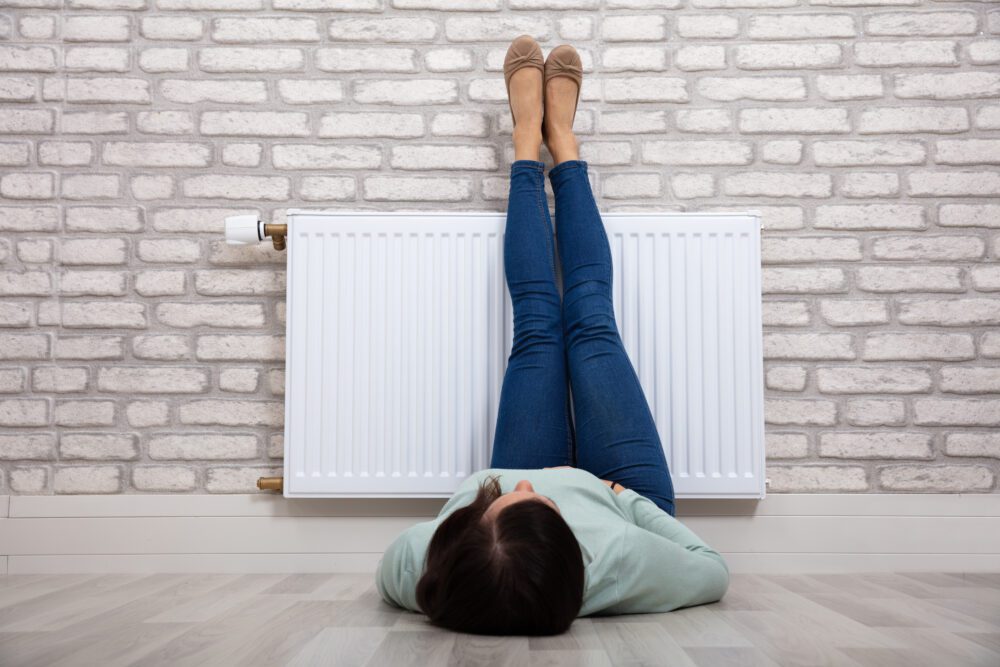Why You Should Switch to Hydronic Heating: The Basics Explained


Hydronics heating systems are notorious for being an entirely different “beast” compared to their air-centric counterparts. But with that complexity comes a slew of new benefits. They come with a unique set of components, heating equipment, and required tools to properly function. Like anything else, technicians and homeowners must start somewhere.
This will serve as an unofficial “crash course” on how it works, what equipment is required, component names, and overall functionality. We’ll touch on some of the safety and health benefits tied to these systems. First, let’s start with the basics.
Hydronic heating a.k.a. radiant heating is the process of circulating hot water throughout sealed pipes and/or underfloor options to heat a home. Through the help of radiators, convectors, or underfloor heating the circulating hot water radiates through the desired space. Because they do not require fans or ventilation to distribute the heat, users can expect an even distribution of comfortable heat.
This heated water is created by a boiler or heat pump. The water heated by a boiler or heat pump is then piped through a closed-loop system in the home or building, transferring the heat to the appropriate area.

Boiler or Heat Pump
This is how you’ll heat the water needed in a hydronic system. They can run off a variety of fuel sources from electricity to natural gas, to diesel, or even wood pellets.
Copper or Plastic Piping
Piping is necessary to carry the heated water from the boiler or heat pump to the radiators, convectors, or underfloor heating and back to the source for reheating purposes.
Pump
The water will not circulate throughout the home and back without the help of a pump.
Radiators, Convectors, or Underfloor Heating Systems
There are plenty of options available for transferring the heating into rooms. The type is partially determined by the layout of the home or the budget of the buyer.
Programmable Thermostat
It’s important to have a controller that gives the user flexibility to adjust the zones of the house, set heating periods, and properly functions with the hydronic system.
These complex systems of piping and loops of heated water are made possible by a process called “thermal radiation”. This process transfers through the air via electromagnetic radiation waves. As covered above, this heat is emitted throughout the home by radiators, underfloor coils, and/or heated rails. All hydronic system heat emitters are conveniently quiet when running with a very low greenhouse emission rate.
The water is initially heated by the heat pump or boiler, but along with transferring that heat to the emitters, it’s also reaching trench convectors. These are large panels strategically mounted in areas along the floor of the home where cold drafts pass through them. Grilles of the trench convectors are used to heat drafts of cold air and help recirculate back into the home. This air is not blown out by any fans or ductwork, hot air rises to allow for a more natural feel to the home. This is a simple way to raise the overall temperature of the space.

[porto_blockquote]
[/porto_blockquote]
Hydronic systems are some of the safest ways to control the temperature of a home. If properly installed, there should be no concern for water hazards or accidents with exposed piping. The water inside the systems should always be well below boiling point. Radiators are designed to properly distribute heat evenly through the surface area of the equipment, making them safe to the touch with no serious risk of scald or burning.
The major benefits of hydronic heating center around the independence from ductwork and fans. Airborne toxins collect throughout the home over time, fans heighten your exposure to these toxins by blowing and redistributing them throughout the home. Since hydronic systems are ductless, the only clean-up required is an occasional wipe-down of equipment in the home.
Hydronic systems are also great at preventing the possibility of carbon monoxide poisoning. Systems with ductwork face the potential of damaged/faulty equipment that could allow for carbon monoxide to be produced and leak into the home. On top of all that, your risk of fires inside the home goes way down with Hydronics.

Hydronic heating is possible for most homes with the right installation techniques and the proper existing equipment for retrofitting. The major factors that need to be considered before installing a hydronic system are the size of the home, existing flooring or what kind of flooring is wanted, and HVAC ductwork. Always trust professionals first, consult a local professional with any questions to see if hydronic heating is the right option for you.
The initial investment for hydronic heating may seem steep, but with those costs come improvements to the safety of the home, the health of the inhabitants, and impressive energy efficiency results you can measure. As stated above, if you’re a homeowner interested in hydronic heating, call your local contractor, and set up an appointment to see if your home and budget are the right fit. Hydronic heating may seem intimidating, but it could be the way to a healthier and happier home for many.